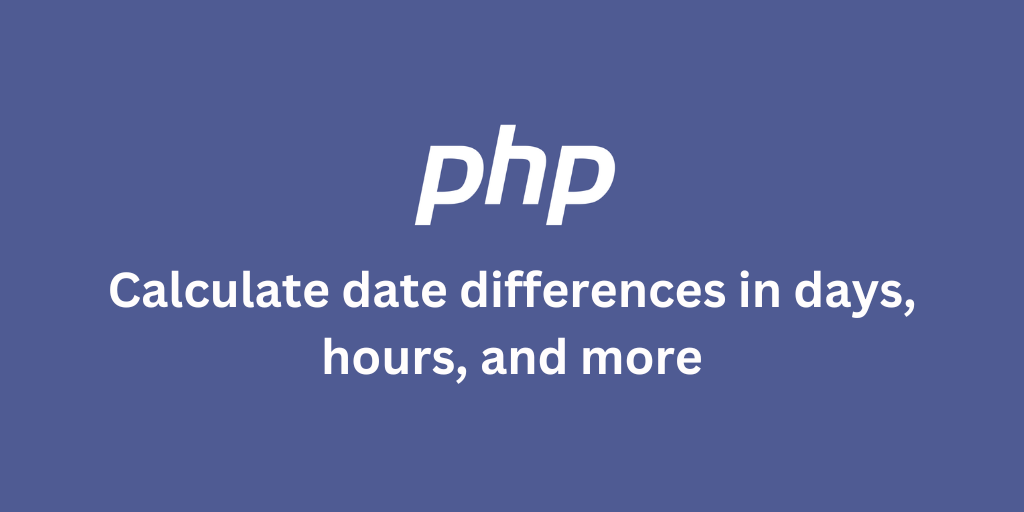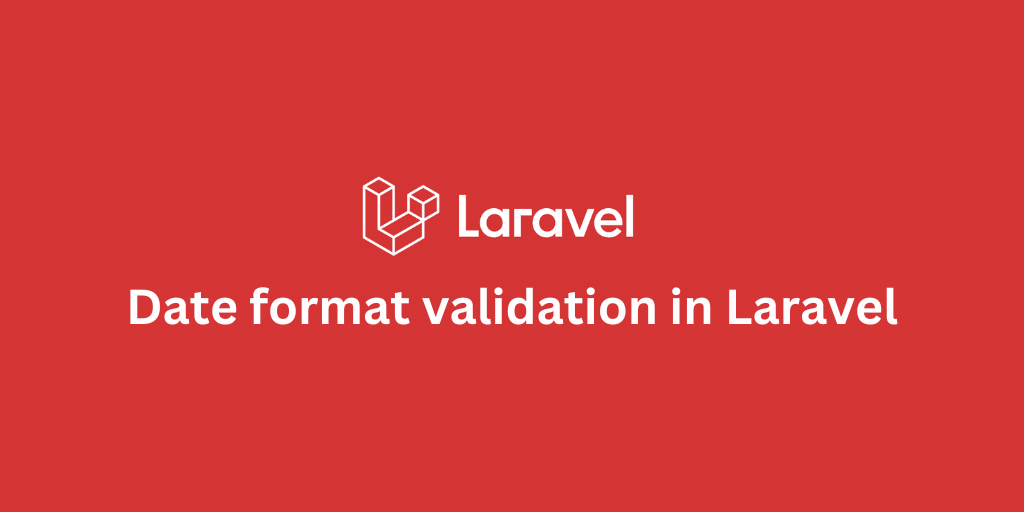php artisan optimize:clear VS. cache:clear

- TL;DR
- The Story Behind This Article
- php artisan cache:clear vs. optimize vs. optimize:clear
- Conclusion
TL;DR
-
php artisan optimizecaches config, routes, events, and views as files in/storage/frameworkand does not touch your cache driver. -
php artisan cache:clearflushes only your application cache driver (Redis, DB, etc.) and doesn’t remove optimize’s files. -
php artisan optimize:clearremoves optimize’s files and clears cache driver data and compiled classes. Use--exceptor individual clear commands if you only want certain caches removed. Misunderstanding these differences can cause unnecessary or wrong operations during Laravel deployments.
The Story Behind This Article
In one of my blog posts, there was some misunderstanding about what certain Laravel Artisan commands do behind the scenes. In that blog post, I shared an opinionated, custom Laravel deployment script that included the following two commands in this order:
# Optimize view, routes, events, configsphp artisan optimize # Clear cachesphp artisan cache:clearThis sparked a lot of criticism. Many believed that the commands above were being executed in the wrong order:
- The first command caches certain data.
- The second command deletes what was cached by the first command.
This, however, is a misunderstanding.
php artisan cache:clear vs. optimize vs. optimize:clear
Let’s first look at how Laravel defines these commands:
-
php artisan cache:clear- Flushes the application cache. -
php artisan optimize- When deploying your application to production, there are a variety of files that should be cached, including your configuration, events, routes, and views. Laravel provides a single, convenientoptimizeArtisan command that will cache all of these files.
Both definitions use the word "cache," but they refer to entirely different things. Let’s start with the optimize command.
The optimize command caches events, configurations, routes, and views in files. It does not interact with your actual cache driver (e.g., Redis, database, Memcached, etc.). All the cache files generated by optimize are stored in directories within the /storage/framework directory. This means that php artisan optimize and php artisan cache:clear have no relationship whatsoever.
If you’re wondering how to remove the cache files created by the optimize command, unfortunately, there isn’t a specific command to do only that.
The php artisan cache:clear command only flushes data from your cache drivers, it does not interact with the cache files created by the optimize command.
What does php artisan optimize:clear clear?
There’s also the php artisan optimize:clear command. However, this command does more than just remove the cache files created by optimize; it also removes compiled classes and flushes data from your actual cache driver.
As explained by Laravel:
The
optimize:clearmethod may be used to remove all of the cache files generated by theoptimizecommand as well as all keys in the default cache driver.
It removes all files created by the optimize command, flushes you application cache, and removes compiled classes.
This means that optimize:clear performs additional tasks that you might not want. If your goal is to remove only the cache files generated by optimize, you’ll need to run the relevant Artisan commands manually or use the --except flag with optimize:clear command:
php artisan optimize:clear --except=cache,compiled # OR php artisan view:clearphp artisan route:clearphp artisan event:clearphp artisan config:clearConclusion
It’s important to understand the difference between php artisan cache:clear, php artisan optimize, and php artisan optimize:clear to avoid unnecessary confusion. While all these commands involve “cache,” they deal with completely different things. Misunderstanding their purpose can lead to unnecessary operations or even unintended issues during deployment. By knowing what each command does and doesn’t do, you can make better decisions for your Laravel projects. So next time you deploy, you’ll know exactly what’s happening behind the scenes.
Stay Updated.
I'll you email you as soon as new, fresh content is published.


